A corner of Tay Ninh city center. Photo by Hong Tham
Based on the 6 criteria set out, on: natural area; population size; history, tradition, culture, ethnicity; geo-economics; geopolitics ; national defense, security and orientation of the Politburo and the Secretariat in Conclusion No. 127-KL/TW dated February 28, 2025, Conclusion No. 130-KL/TW dated March 14, 2025 and Conclusion No. 137-KL/TW dated March 28, 2025, the Government has carefully and multi-dimensionally researched with innovative thinking and strategic vision to develop a plan to arrange and merge provincial-level administrative units and submit it to the Politburo and the Central Executive Committee for approval.
Number of provincial administrative units implementing the arrangement
, Dong Nai, Gia Lai, Kon Tum, Lam Dong , Kien Giang.
Particularly for Cao Bang province, the natural area has not met the regulations (6,700.4 km2, only 83.8% of the standard) but the arrangement has not been implemented because the province has a very long national border with China, complex and rugged mountainous terrain, and nearly 95% of the population are ethnic minorities.
In addition, the bordering provinces are not suitable for arrangement and merger with Cao Bang: The West borders Ha Giang province, which is planned to merge with Tuyen Quang province into a new province with a large natural area. The South borders Bac Kan province but is planned to merge with Thai Nguyen province. The East borders Lang Son province, which has a large area and has ensured 100% of both standards on area and population size. If Cao Bang and Lang Son provinces are merged, they will form a new province with a large border length, making it difficult to ensure national defense and security.
Specific arrangement plan for 52 provincial administrative units
Merge Ha Giang province and Tuyen Quang province into a new province called Tuyen Quang province, the administrative - political center is located in Tuyen Quang city, Tuyen Quang province today (reducing 1 province), with a natural area of 13,795.6 km2 and a population of 1,731,600 people.
Merge Lao Cai province and Yen Bai province into a new province called Lao Cai province, the administrative - political center is located in Yen Bai city, Yen Bai province today (reduced by 1 province), with a natural area of 13,257 km2 and a population of 1,656,500 people.
Merge Bac Kan province and Thai Nguyen province into a new province called Thai Nguyen province, the administrative - political center is located in Thai Nguyen city, Thai Nguyen province today (reduced by 1 province), with a natural area of 8,375.3 km2 and a population of 1,694,500 people.
Merge Hoa Binh province, Vinh Phuc province and Phu Tho province to form a new province called Phu Tho province, the administrative - political center is located in Viet Tri city, Phu Tho province today (reducing 2 provinces), with a natural area of 9,361.4 km2 and a population of 3,663,600 people.
Merge Bac Giang province and Bac Ninh province (planned to become a centrally-run city by 2030) into a new province called Bac Ninh province, with the administrative and political center located in Bac Giang city, Bac Giang province today (reducing 1 province), with a natural area of 4,718.6 km2 and a population of 3,509,100 people.
Merge Thai Binh province and Hung Yen province into a new province called Hung Yen province, the administrative - political center is located in Hung Yen city, Hung Yen province today (reduced by 1 province), with a natural area of 2,514.8 km2 and a population of 3,208,400 people.
Merge Hai Duong province and Hai Phong city into 1 centrally-governed city called Hai Phong city, the administrative - political center is located in Thuy Nguyen city, Hai Phong city today (reduced by 1 province), with a natural area of 3,194.7 km2 and a population of 4,102,700 people.
Merge Ha Nam province, Nam Dinh province and Ninh Binh province (planned to 2030, basically meeting the criteria of a centrally-run city) into a new province called Ninh Binh province, with the administrative and political center located in Hoa Lu city, Ninh Binh province today (reducing 2 provinces), with a natural area of 3,942.6 km2 and a population of 3,818,700 people.
Merge Quang Binh province and Quang Tri province into a new province called Quang Tri province, the administrative - political center is located in Dong Hoi city, Quang Binh province today (reduced by 1 province), with a natural area of 12,700 km2 and a population of 1,584,000 people.
Merge Quang Nam province and Da Nang city into 1 centrally-governed city called Da Nang city, the administrative - political center is located in Hai Chau district, Da Nang city today (reduced by 1 province), with a natural area of 11,859.6 km2 and a population of 2,819,900 people.
Merge Kon Tum province and Quang Ngai province into a new province called Quang Ngai province, the administrative - political center is located in Quang Ngai city, Quang Ngai province today (reduced by 1 province) has a natural area of 14,832.6 km2 and a population of 1,861,700 people.
Merge Gia Lai province and Binh Dinh province into a new province called Gia Lai province, the administrative - political center is located in Quy Nhon city, Binh Dinh province today (reducing 1 province), with a natural area of 21,576.5 km2 and a population of 3,153,300 people.
Merge Ninh Thuan province and Khanh Hoa province (planned to become a centrally-run city by 2030) into a new province called Khanh Hoa province, with the administrative and political center located in Nha Trang city, Khanh Hoa province today (reduced by 1 province), with a natural area of 8,555.9 km2 and a population of 1,882,000 people.
Merge Dak Nong province, Binh Thuan province and Lam Dong province into a new province called Lam Dong province, the administrative - political center is located in Da Lat city, Lam Dong province today (reduced by 2 provinces), with a natural area of 24,233.1 km2 and a population of 3,324,400 people.
Merge Phu Yen province and Dak Lak province into a new province called Dak Lak province, the administrative - political center is located in Buon Ma Thuot city, Dak Lak province today (reduced by 1 province), with a natural area of 18,096.4 km2 and a population of 2,831,300 people.
Merge Ba Ria - Vung Tau province, Binh Duong province and Ho Chi Minh City into 1 centrally-governed city called Ho Chi Minh City, the administrative - political center is located in District 1, Ho Chi Minh City today (reducing 2 provinces), with a natural area of 6,772.6 km2 and a population of 13,608,800 people.
Merge Binh Phuoc province and Dong Nai province into a new province called Dong Nai province, the administrative - political center is located in Bien Hoa city, Dong Nai province today (reduced by 1 province), with a natural area of 12,737.2 km2 and a population of 4,427,700 people.
Merge Tay Ninh province and Long An province into a new province called Tay Ninh province, the administrative - political center is located in Tan An city, Long An province today (reducing 1 province), with a natural area of 8,536.5 km2 and a population of 2,959,000 people.
Merge Soc Trang province, Hau Giang province and Can Tho city into a new centrally-governed city called Can Tho city, the administrative - political center is located in Ninh Kieu district, Can Tho city today (reducing 2 provinces), with a natural area of 6,360.8 km2 and a population of 3,207,000 people.
Merge Ben Tre province, Vinh Long province and Tra Vinh province into a new province called Vinh Long province, the administrative - political center is located in Vinh Long city, Vinh Long province today (reducing 2 provinces), with a natural area of 6,296.2 km2 and a population of 3,367,400 people.
Merge Tien Giang province and Dong Thap province into a new province called Dong Thap province, the administrative - political center is located in My Tho city, Tien Giang province (reducing 1 province), with a natural area of 5,938.7 km2 and a population of 3,397,200 people.
Merge Bac Lieu province and Ca Mau province into a new province called Ca Mau province, the administrative - political center is located in Ca Mau city, Ca Mau province today (reduced by 1 province), with a natural area of 7,942.4 km2 and a population of 2,140,600 people.
Merge Kien Giang province and An Giang province into a new province called An Giang province, the administrative - political center is located in Rach Gia city, Kien Giang province today (reducing 1 province), with a natural area of 9,888.9 km2 and a population of 3,679,200 people.
HT
Source: https://baotayninh.vn/sap-nhap-2-tinh-tay-ninh-va-long-an-thanh-1-tinh-moi-co-ten-goi-la-tinh-tay-ninh-a188851.html


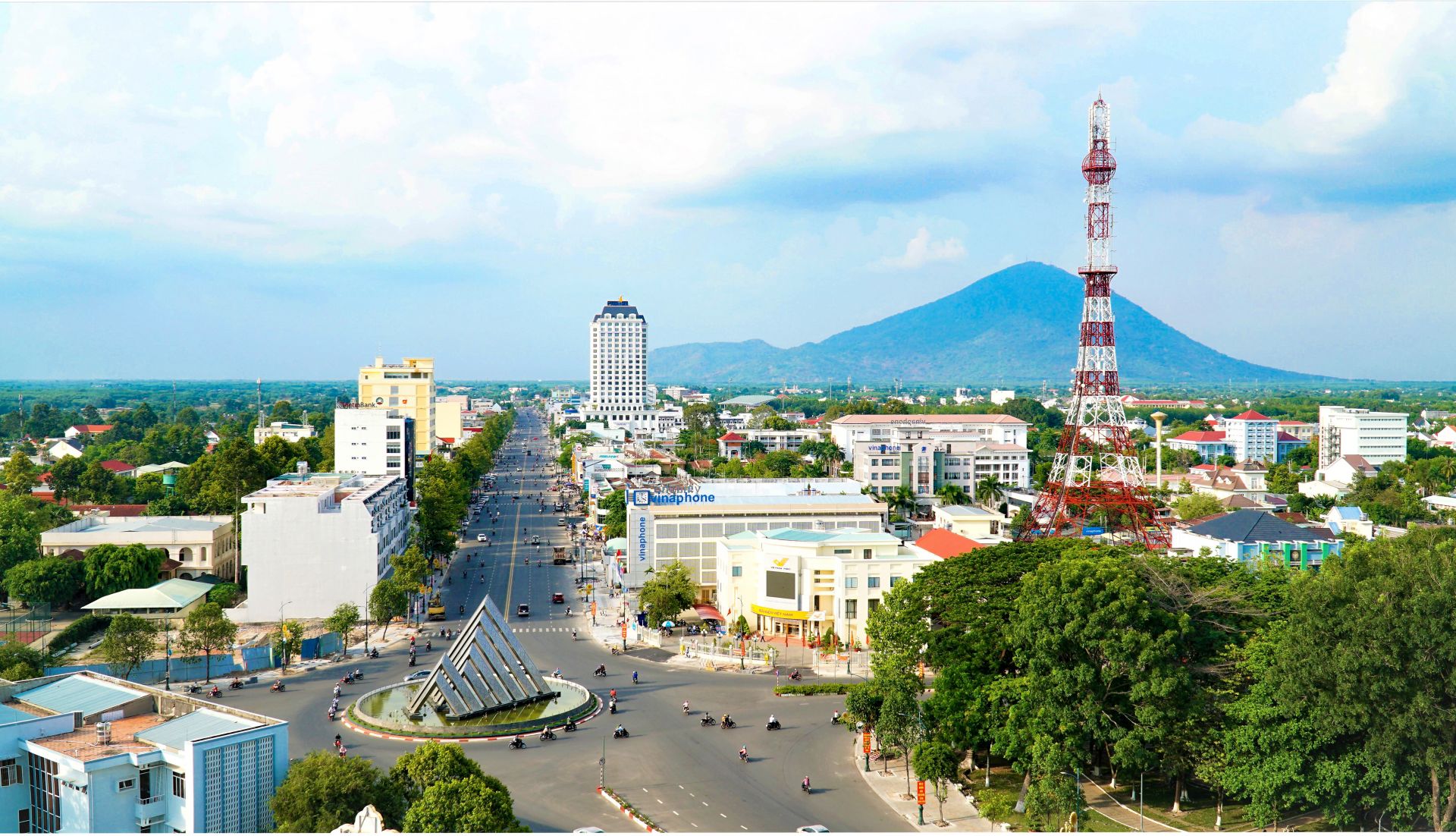
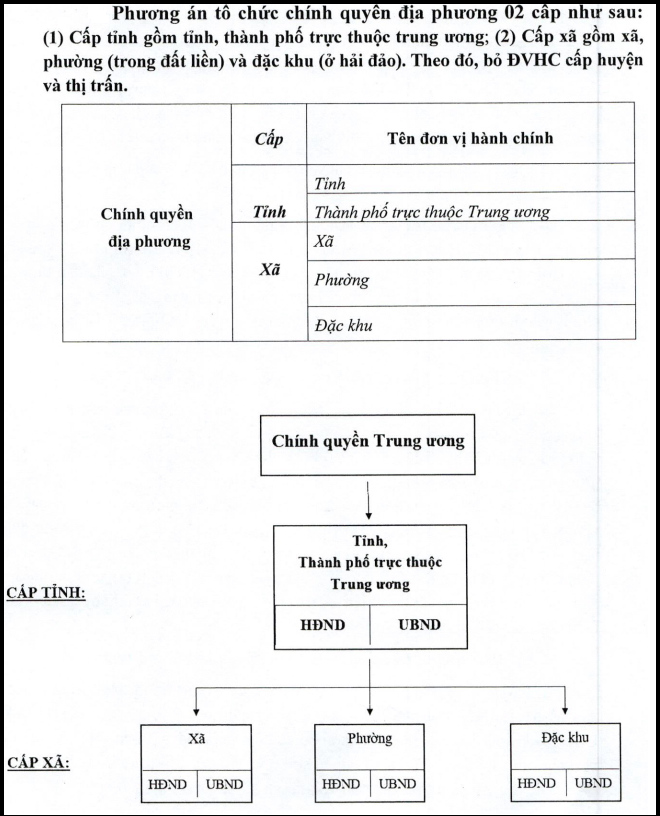






















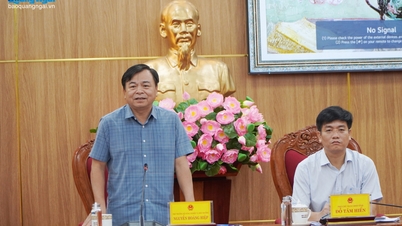



![[Photo] Opening of the 14th Conference of the 13th Party Central Committee](https://vphoto.vietnam.vn/thumb/1200x675/vietnam/resource/IMAGE/2025/11/05/1762310995216_a5-bnd-5742-5255-jpg.webp)
![[Photo] Panorama of the Patriotic Emulation Congress of Nhan Dan Newspaper for the period 2025-2030](https://vphoto.vietnam.vn/thumb/1200x675/vietnam/resource/IMAGE/2025/11/04/1762252775462_ndo_br_dhthiduayeuncbaond-6125-jpg.webp)













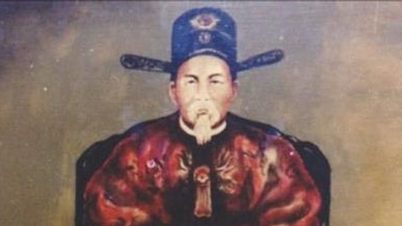































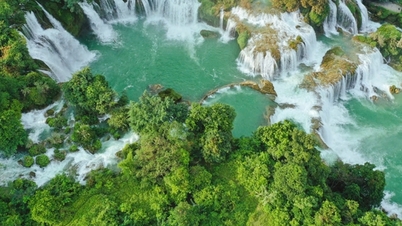




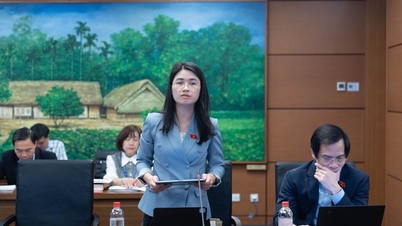




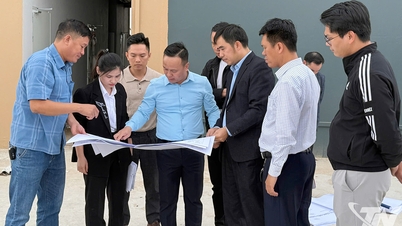




















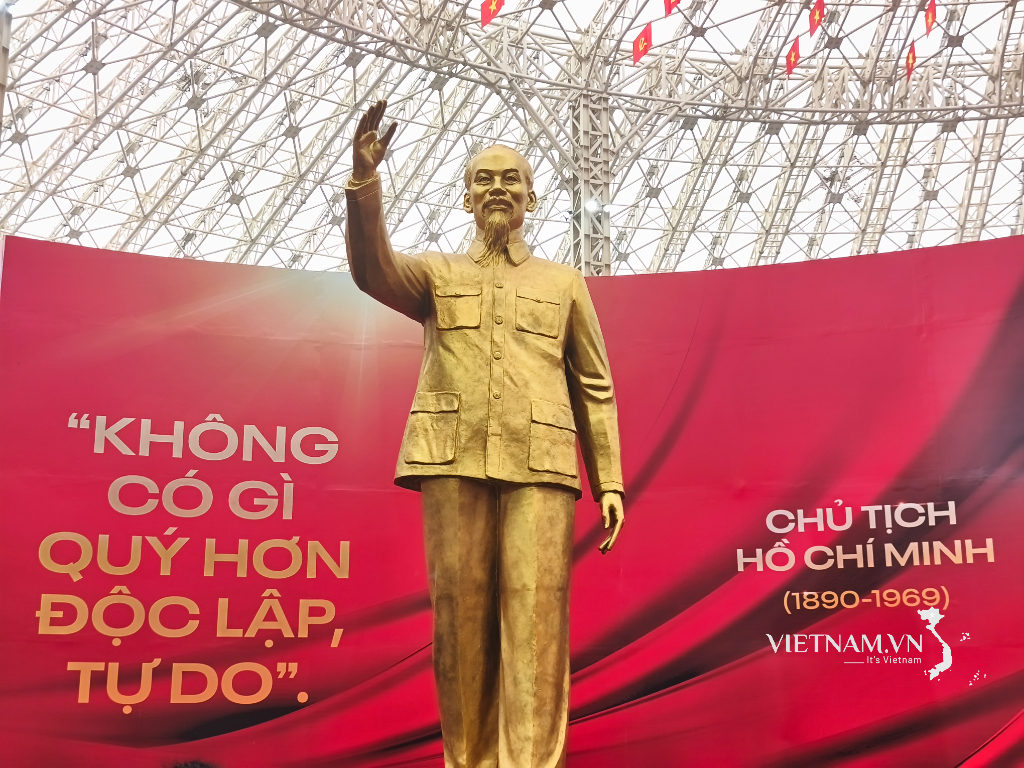

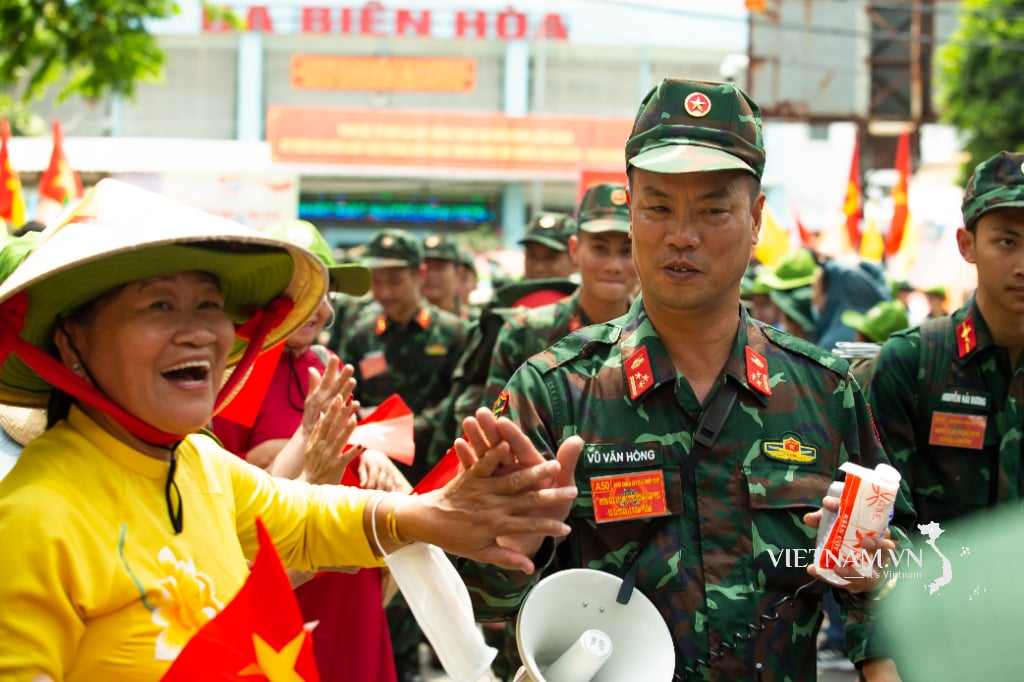
Comment (0)